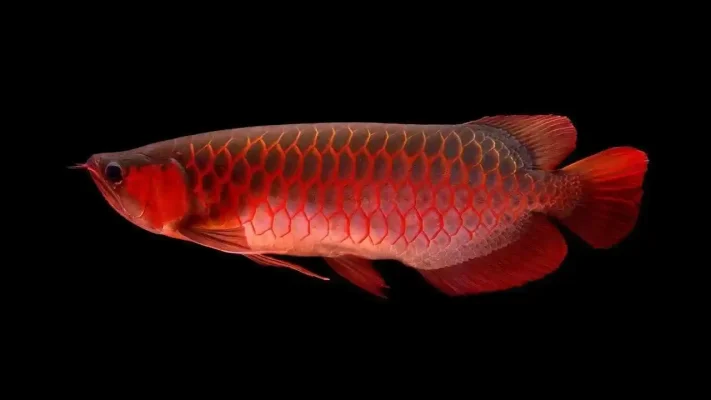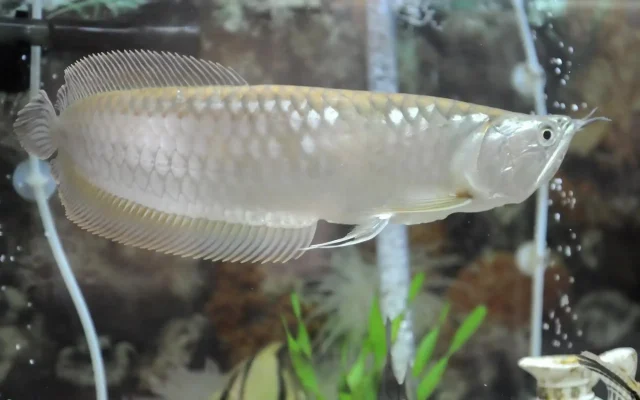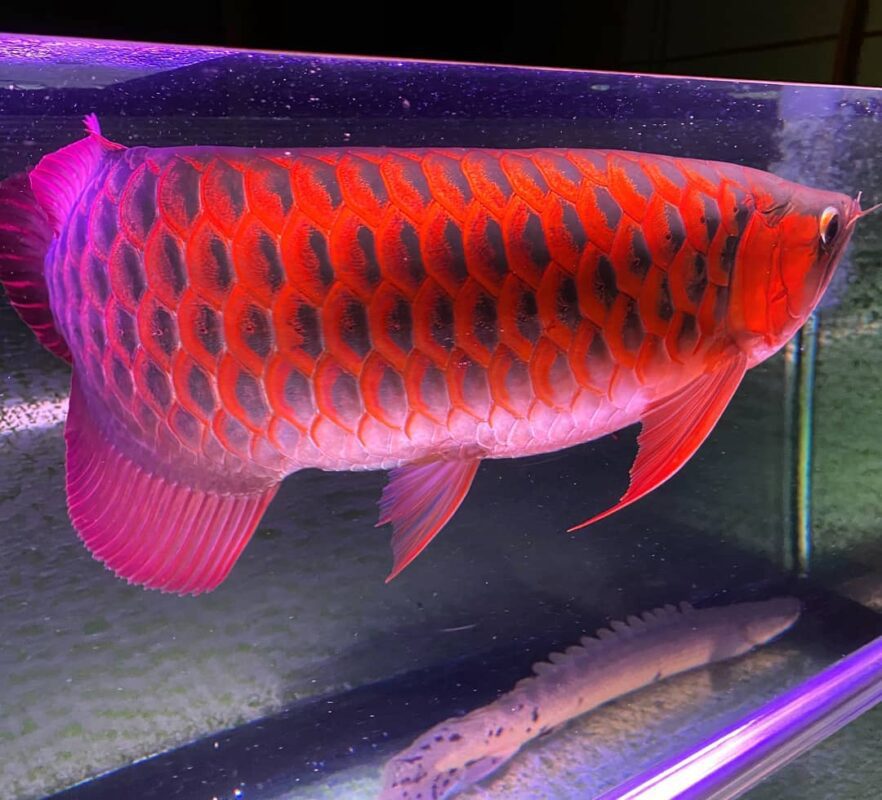10 Secrets of the Asian Arowana fish: Why This $300,000 Fish Rules the Aquarium World
10 Secrets of the Asian Arowana fish: Why This $300,000 Fish Rules the Aquarium World
The Asian arowana fish, often called the “dragon fish,” is more than just a pet – it’s a living legend. Prized for its beauty, rarity, and cultural significance, this magnificent creature has captured the hearts of aquarium enthusiasts and collectors worldwide. But what makes this fish so special that some specimens can fetch up to $300,000? In this article, we’ll dive deep into the fascinating world of the Asian arowana and uncover the secrets behind its royal status in the aquarium trade.
Ancient Origins: A Fish with a Prehistoric Pedigree
The Asian arowana (Scleropages formosus) belongs to an ancient lineage of fish that has remained largely unchanged for millions of years. Often referred to as a “living fossil,” this species has been swimming in the waters of Southeast Asia since the time of the dinosaurs. Its prehistoric origins contribute to its mystique and appeal among collectors who value its connection to Earth’s distant past. Arowana anatomy

The Rainbow of Rarity: Colorful Varieties and Their Value
One of the most captivating aspects of the Asian arowana is its range of stunning color variations. While the green variety is the most common, other highly sought-after colors include:
- Red: Prized for its vibrant hue and associated with good luck in Chinese culture
- Gold: Considered a symbol of prosperity and wealth
- Silver: Known for its metallic sheen and elegant appearance
- Blue: Extremely rare and highly valued by collectors
The rarity of these color variations significantly impacts their price, with some specimens selling for astronomical sums. In 2009, a platinum arowana reportedly sold for $400,000, highlighting the extreme value placed on unique individuals. Live Red Arowana For Sale

Size Matters: The Impressive Growth of the Dragon Fish
Asian arowanas are not small fish by any means. In the wild, they can grow up to 3 feet (90 cm) in length, while captive specimens typically reach 2-2.5 feet (60-75 cm). This impressive size contributes to their majestic appearance and requires a spacious aquarium environment, typically a minimum of 250 gallons for a single adult fish.
Cultural Significance: More Than Just a Pretty Face
In many Asian cultures, particularly in China, the arowana is believed to bring good luck, prosperity, and protection. Its resemblance to the mythical dragon and its graceful swimming motion have earned it a place of honor in feng shui practices. Many businesses and wealthy individuals keep arowanas in their homes or offices as living talismans, further driving demand and prices. Is it legal to own an Arowana in my country?

Conservation Concerns: Balancing Popularity and Protection
The wild population of Asian arowanas has been severely impacted by habitat loss and overfishing for the aquarium trade. As a result, the species is listed as endangered on the IUCN Red List and is protected under CITES Appendix I. Legal trade is only permitted for captive-bred specimens, which must be microchipped and certified. This strict regulation has led to the development of high-tech breeding facilities and contributes to the fish’s high price tag. Baby Arowana
Feeding the Dragon: Dietary Needs of a Prehistoric Predator
In the wild, Asian arowanas are surface-dwelling predators, feeding on insects, smaller fish, and even small birds or mammals that fall into the water. In captivity, they require a varied diet of high-quality protein sources, including:
- Live or frozen fish
- Crickets and other insects
- High-quality pellets formulated for carnivorous fish
Providing a diverse and nutritious diet is crucial for maintaining the health and vibrant colors of these prized fish.
- Intelligence and Personality: Not Your Average Aquarium Resident
Arowana owners often report that their fish display remarkable intelligence and individual personalities. These fish can recognize their owners, respond to feeding cues, and even be trained to perform simple tricks. Their interactive nature and longevity (they can live up to 25 years in captivity) make them more than just decorative pets – they become long-term companions.
The Challenge of Care: Mastering Arowana Husbandry
Keeping an Asian arowana is not for the faint of heart or the inexperienced aquarist. These fish require:
- Large, well-maintained aquariums with excellent filtration
- Careful water quality management
- Specialized diets
- Protection from jumping (they’re known to leap out of tanks)
- Regular health monitoring and potential veterinary care
The complexity of their care adds to their allure among dedicated hobbyists who enjoy the challenge of providing optimal conditions for these demanding fish.
- Breeding Mysteries: The Secrets of Arowana Reproduction
Breeding Asian arowanas in captivity is a complex and rarely achieved feat. These fish are mouthbrooders, with males incubating the eggs and fry in their mouths for several weeks. Successful breeding requires precise environmental conditions, compatible pairs, and expert handling of the delicate fry. The difficulty of breeding contributes to the high price of captive-bred specimens and adds to the species’ mystique.
- The Future of Arowana Keeping: Trends and Challenges
As the popularity of Asian arowanas continues to grow, several trends and challenges are shaping the future of the hobby:
- Increased focus on sustainable breeding practices
- Development of new color variations through selective breeding
- Growing interest in conservation efforts for wild populations
- Technological advancements in aquarium systems to better meet the needs of these fish
- Potential changes in international trade regulations
Conclusion:
The Asian arowana truly deserves its title as the “King of Aquarium Fish.” Its prehistoric lineage, stunning appearance, cultural significance, and the challenges associated with its care all contribute to its unparalleled status in the aquarium world. While not suitable for every hobbyist, the Asian arowana continues to captivate the imagination and push the boundaries of what’s possible in the realm of ornamental fish keeping. As we look to the future, the ongoing fascination with this magnificent species promises to drive innovation in breeding, conservation, and aquarium technology, ensuring that the legacy of the dragon fish will continue to thrive for generations to come.
#AsianArowana #DragonFish #AquariumHobby #ExoticPets #FishKeeping #LuxuryPets #AquariumFish #RareFish #TropicalFish #AquaticPets
#AsianArowanaCareTips #RareAquariumFishSpecies #DragonFishBreedingSecrets #LuxuryAquariumFishCollecting #EndangeredTropicalFishConservation


 Deutsch
Deutsch